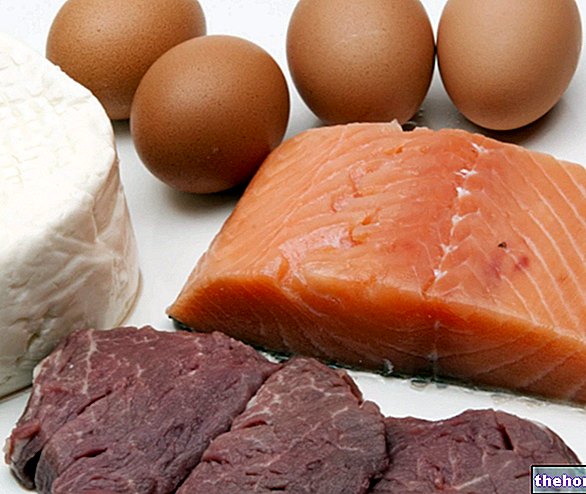Vitamins
Vitamins are molecules essential for life; these are micronutrients to be taken in very small quantities, especially when compared to energetic macronutrients;

NB. Both deficiency (hypovitaminosis or avitaminosis) and excess (hypervitaminosis) can be harmful to health.
Sensitivity to light
Vitamins can be classified by several methods; the most common are undoubtedly the association with a letter of the alphabet (frequently misunderstood as a noun that names the vitamin in question) and solubility (in water or fatty acids - fat-soluble or water-soluble). However, the chemical-physical characteristics there are many vitamins and each of them can represent a good classification criterion; they are a typical example thermolability and the pH sensitivity. In the following paragraph an aspect of vitamins (in my opinion) less known than the previous ones will be analyzed: the slight sensitivity or photosensitivity.
The reader may ask: Why should light sensitivity be of nutritional concern?
The answer is quite simple; sensitivity to light represents a characteristic that affects (relatively) the functional integrity of vitamins in food; in other words, the photosensitive vitamins that are exposed to light may not "survive" in necessary quantities. Obviously, consume mainly foods with most of the vitamins degraded by light are not a good nutritional habit.
Photosensitive vitamins
For convenience, in the description of the photosensitive vitamins, the various molecules can be cited with their equivalent in the letter of the alphabet; moreover, for reasons of methodological correctness, they will also be subdivided by solubility.






.jpg)





















